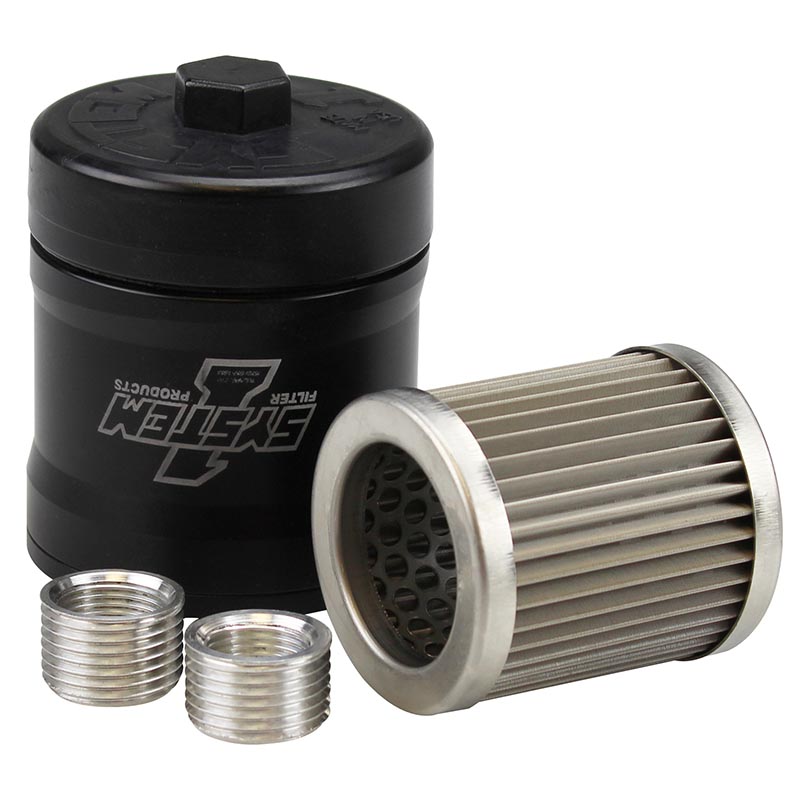

The tight junction (TJ) network of the BBB is central to its functional integrity and is composed of a strikingly complex pattern of transmembrane protein expression, including junctional adhesion molecules and cytoplasmic proteins associated with TJs ( 7, 8). These components form what is termed the functional neurovascular unit ( 6). The BBB is a complex system composed of various cellular components, including brain endothelial cells lining the cerebral vasculature ( 4), a vascular basal lamina (BL), pericytes embedded within the BL ( 5), and astrocyte end-feet ensheathing the vessels ( 1). It also offers a challenge for the passage of bloodborne cells, including white blood cells and circulating cancer cells, entering the brain ( 3) and is essential for the healthy functioning of the CNS ( 2). The blood–brain barrier (BBB) is a dynamic and selective diffusion barrier that is highly restrictive in the transport of substances between the blood and the CNS ( 1, 2). Real-time acquisition of transendothelial electrical resistance in an all-human, in vitro, 3-dimensional, blood–brain barrier model exemplifies tight-junction integrity. BL proteins exerted differential effects on TEER, whereas astrocytes in contact yielded higher TEER values and TJ expression.-Maherally, Z., Fillmore, H.

ICC and WB results correlated with resistance levels, with evidence of prominent occludin expression in cocultures. Coculturing endothelial cells with astrocytes yielded the greatest resistance over time. Perlecan (10 µg/ml) evoked unreportedly high, in vitro TEER values (1200 Ω) and the strongest adhesion. TJ protein expression was assessed by Western blotting (WB) and immunocytochemistry (ICC). Influence of BL proteins-laminin, fibronectin, collagen type IV, agrin, and perlecan-on adhesion and TEER was assessed using an electric cell-substrate impedance–sensing system. TEER was measured in 3D models using a volt/ohmmeter and cellZscope. The 3D BBB models were constructed with human brain endothelial cells, human astrocytes, and human brain pericytes in mono-, co-, and tricultures. We aimed to develop reliable, reproducible, in vitro 3-dimensional (3D) models incorporating relevant human, in vivo cell types and BL proteins. Most in vitro models use nonhuman, monolayer cultures for therapeutic-delivery studies, relying on transendothelial electrical resistance (TEER) measurements without other tight-junction (TJ) formation parameters. The blood–brain barrier (BBB) consists of endothelial cells, astrocytes, and pericytes embedded in basal lamina (BL).


 0 kommentar(er)
0 kommentar(er)
